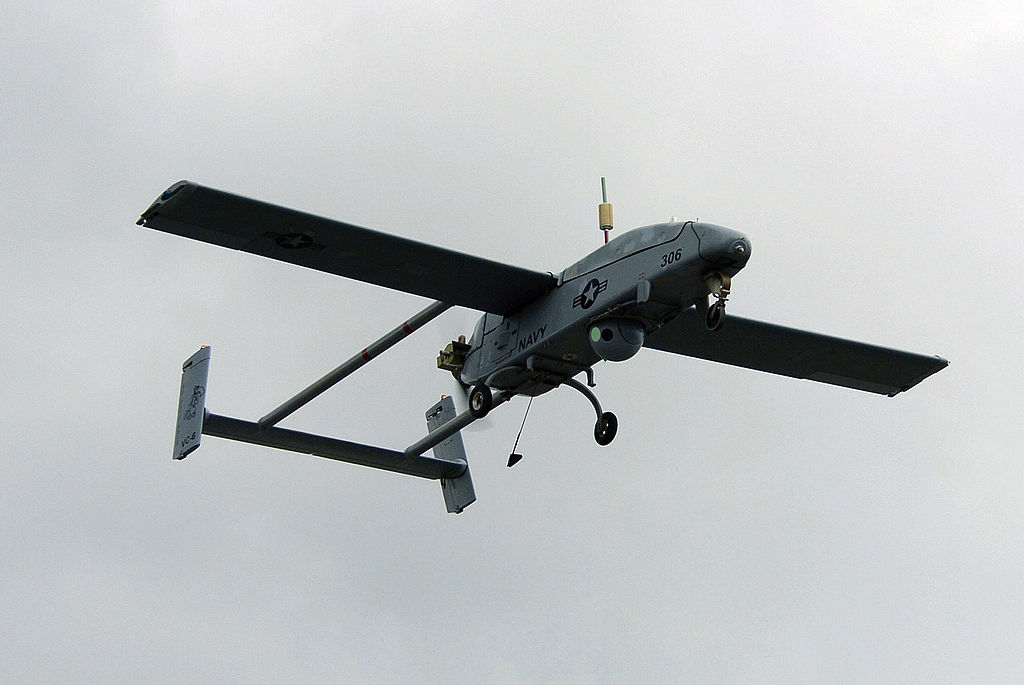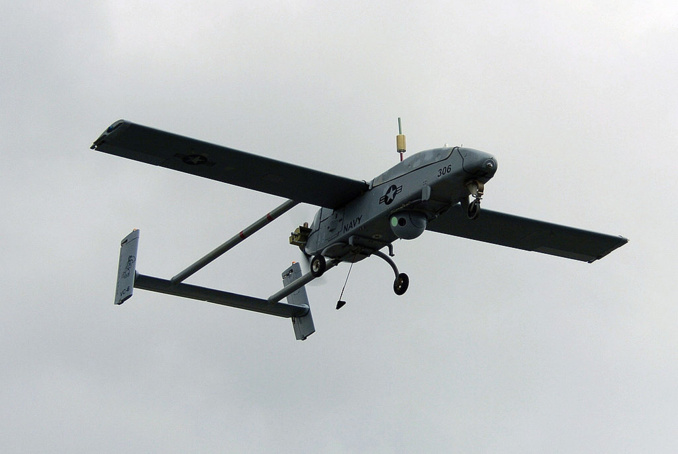Experts of BCG note that in addition to the already begun use of drones in the defense, aerospace and telecommunications industries, as well as in the delivery of goods, UAVs would be very useful in the mining industry, agriculture, energy and insurance. For example, insurers can use drones to assess damage from natural disasters, agribusiness - to assess condition of crops and effectiveness of fertilizer application, and mining companies - for preliminary geological exploration in hard-to-reach areas, as well as for remote control of automated mining systems.
In the spring of 2016, PWC released a study called "Clarify from above: Drone powered solutions". This research systemized potential areas of application of UAVs. Analysts estimate the potential of such services at $ 127.3 billion:
• $ 45.2 billion - infrastructure
• $ 34.2 billion - agriculture
• $ 13 billion - transport
• $ 10.5 billion - security
• $ 8.8 billion - entertainment and media
• $ 6.8 billion - insurance
• $ 6.3 billion - telecommunications
• $ 4.3 billion - extraction of minerals
It is clear that the most advertised areas (security, transport, entertainment and media) do not occupy the largest share of the potential market. It belongs to such "heavy" segments as infrastructure and agriculture. In general, all segments offer many tasks related to remote exploration of the Earth, which could be solved by small drones. However, the main capacity of the market (in monetary terms) lies in the services rendered by heavy, load-lifting drones, capable to perform vertical take-off and landing:
• Aerochemical work (agriculture and forestry)
• Transportation of cargo and payload of 50-200 kg
• Firefighting
• Instrumental control (not to be confused with monitoring) of long (pipelines, power lines, etc.), high-altitude (wind power) and remote infrastructure facilities
• Local logistics in hard-to-reach regions, in particular on deposits of minerals, in solving research problems
• Salvage-related tasks: evacuation of the wounded, emergency supply
• Others
Drones must become "smarter" in order to successfully perform these operations. Computer vision systems should be developed better so that the UAVs would be able to accurately recognize images. It is necessary that the drones learn to fly themselves around obstacles. No less important is the development of infrastructure, automatic charging stations, which will ensure an ever more massive introduction of UAVs. Drones also need automatic dispatching systems and a blockchain infrastructure of "smart contracts". Incidentally, this is also why drones manufacturers are actively developing the infrastructure for third-party developers: they open APIs for program developers, which will help drones get new functions.
source: forbes.com, bcg.com
In the spring of 2016, PWC released a study called "Clarify from above: Drone powered solutions". This research systemized potential areas of application of UAVs. Analysts estimate the potential of such services at $ 127.3 billion:
• $ 45.2 billion - infrastructure
• $ 34.2 billion - agriculture
• $ 13 billion - transport
• $ 10.5 billion - security
• $ 8.8 billion - entertainment and media
• $ 6.8 billion - insurance
• $ 6.3 billion - telecommunications
• $ 4.3 billion - extraction of minerals
It is clear that the most advertised areas (security, transport, entertainment and media) do not occupy the largest share of the potential market. It belongs to such "heavy" segments as infrastructure and agriculture. In general, all segments offer many tasks related to remote exploration of the Earth, which could be solved by small drones. However, the main capacity of the market (in monetary terms) lies in the services rendered by heavy, load-lifting drones, capable to perform vertical take-off and landing:
• Aerochemical work (agriculture and forestry)
• Transportation of cargo and payload of 50-200 kg
• Firefighting
• Instrumental control (not to be confused with monitoring) of long (pipelines, power lines, etc.), high-altitude (wind power) and remote infrastructure facilities
• Local logistics in hard-to-reach regions, in particular on deposits of minerals, in solving research problems
• Salvage-related tasks: evacuation of the wounded, emergency supply
• Others
Drones must become "smarter" in order to successfully perform these operations. Computer vision systems should be developed better so that the UAVs would be able to accurately recognize images. It is necessary that the drones learn to fly themselves around obstacles. No less important is the development of infrastructure, automatic charging stations, which will ensure an ever more massive introduction of UAVs. Drones also need automatic dispatching systems and a blockchain infrastructure of "smart contracts". Incidentally, this is also why drones manufacturers are actively developing the infrastructure for third-party developers: they open APIs for program developers, which will help drones get new functions.
source: forbes.com, bcg.com



















